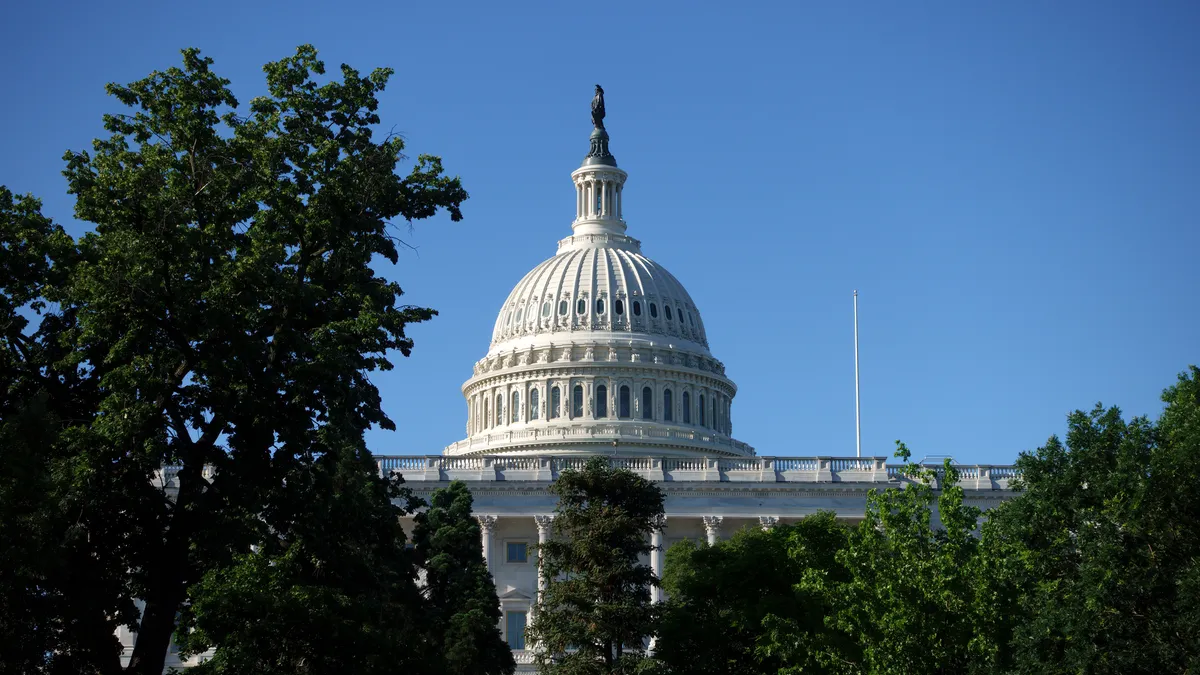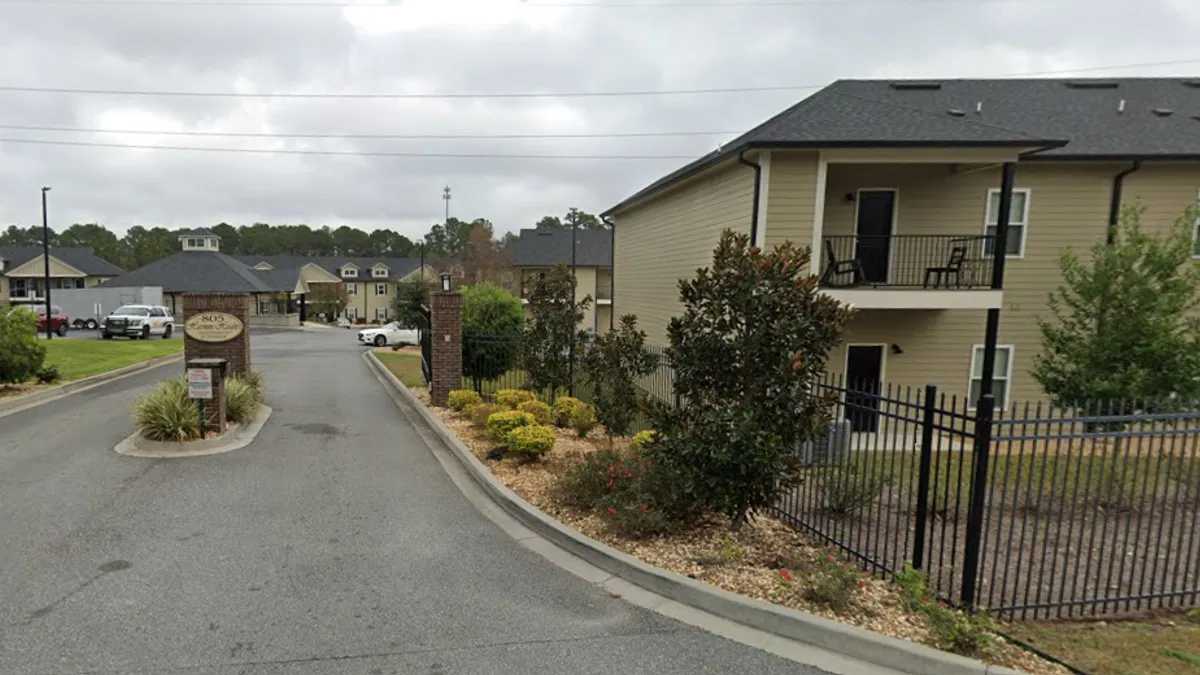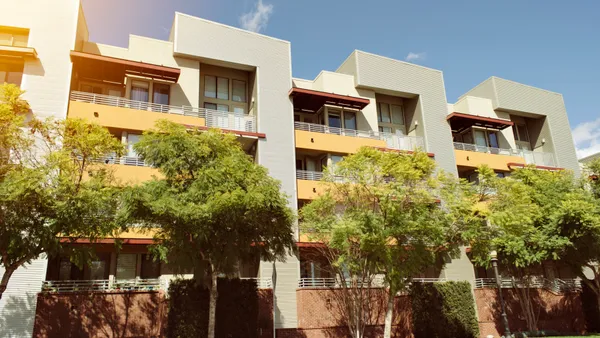President Joe Biden signed the Inflation Reduction Act into law last month, bringing in a large number of funding allocations and rule changes that will impact the multifamily industry. Many are related to energy-efficiency funding and incentives, according to the National Multifamily Housing Council.
Out of the $369 billion the bill allocates toward climate and energy-related initiatives, $9 billion is earmarked for home energy performance-based rebates and the High-Efficiency Electric Home Rebate Program. This provision aims to incentivize energy-efficient retrofits for low- and moderate-income single-family homes and multifamily developments.
Not included in the final edition of the bill are changes to carried interest requirements that would have had a “tremendous” negative impact on the multifamily industry, according to Paula Cino, vice president of construction, development and land use policy at NMHC.
The modified carried interest rules would have extended the carried interest holding period from one year to three years for real estate trades or businesses, among other changes. This provision was removed from the bill in early August.
“The proposed changes to carried interest would have had a tremendous impact on not just multifamily, but the real estate sector,” Cino told Multifamily Dive. “Those ultimately weren't included, and that was a tremendous victory for the industry.”
Inside the legislation
The act expands the scope of two existing tax provisions:
- The base tax credit for the Energy Efficient Commercial Buildings Deduction, which applies to buildings that meet or exceed 25% of ASHRAE standards put in effect three years before a building enters service, will be raised by $.50 to $1 per square foot. Bonuses are also available for meeting prevailing wage and apprenticeship requirements.
- The New Energy Efficient Home Credit will now apply to all buildings that meet Energy Star Multifamily New Construction Program requirements through 2032. A base credit of $500 will be applied to units acquired after 2022 that participate in the program, and $1,000 per unit for homes certified as zero energy ready.
While the NMHC has long supported both provisions, there are concerns about the qualifications required to earn them, according to a fact sheet on both tax credits that predates the Inflation Reduction Act. The association stated that the “rigorous” ASHRAE standard required to earn the tax credit is too difficult for older properties to meet in retrofits, and advocated for a sliding scale of tax credits based on the extent of a building’s energy-efficiency improvements.
“When you look at the underlying qualification criteria, it's becoming increasingly difficult for a typical multifamily project to actually meet that eligibility,” Cino said. “So while the provision may become more valuable, the ability to actually utilize that in the real world may be diminishing. We need to work on the back end technology here and make sure that those provisions continue to be feasible.”
Other Inflation Reduction Act provisions that could affect the multifamily industry include:
- $1 billion in total grants to help states adopt recent residential and commercial building energy codes. “This is getting into a really precarious area,” Cino said. “While the industry strongly supports building codes, we have strong policies calling for building codes that are both cost effective and technically feasible. We do have some concerns about how funding in this area may or may not be used to specify specific code versions.”
- $837.5 million for HUD to provide grants or loans to affordable housing properties that include certain energy-efficient or sustainable building features. “There's a pretty broad bandwidth of what HUD can can do with those dollars,” Cino said. However, “the limitation is that those funds are only available for a specific subset of affordable properties that are not readily available.”
- Just over $3 billion in funding for state and local governments to improve neighborhood access and equity, including infrastructure improvements and anti-displacement policies. “That’s another place where there could be opportunities for multifamily development — if not to the buildings directly, [then by] ensuring that there's transportation dollars available for the greater community that we're serving,” Cino said.











